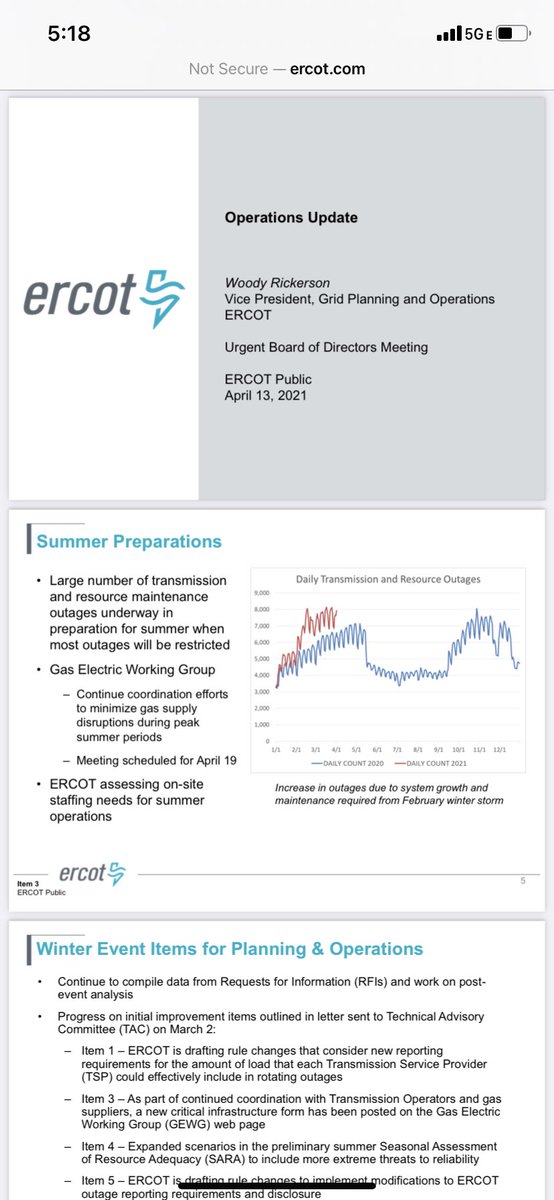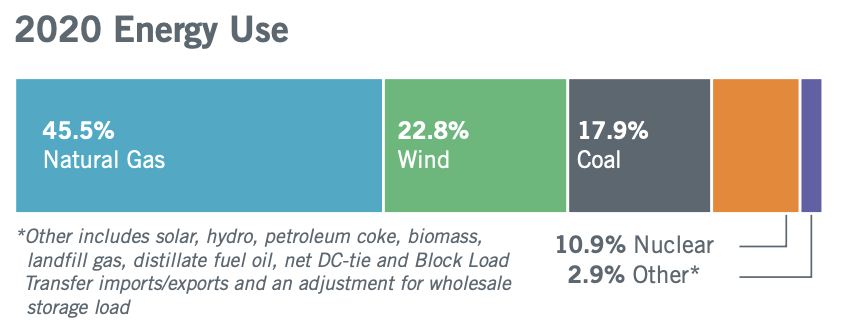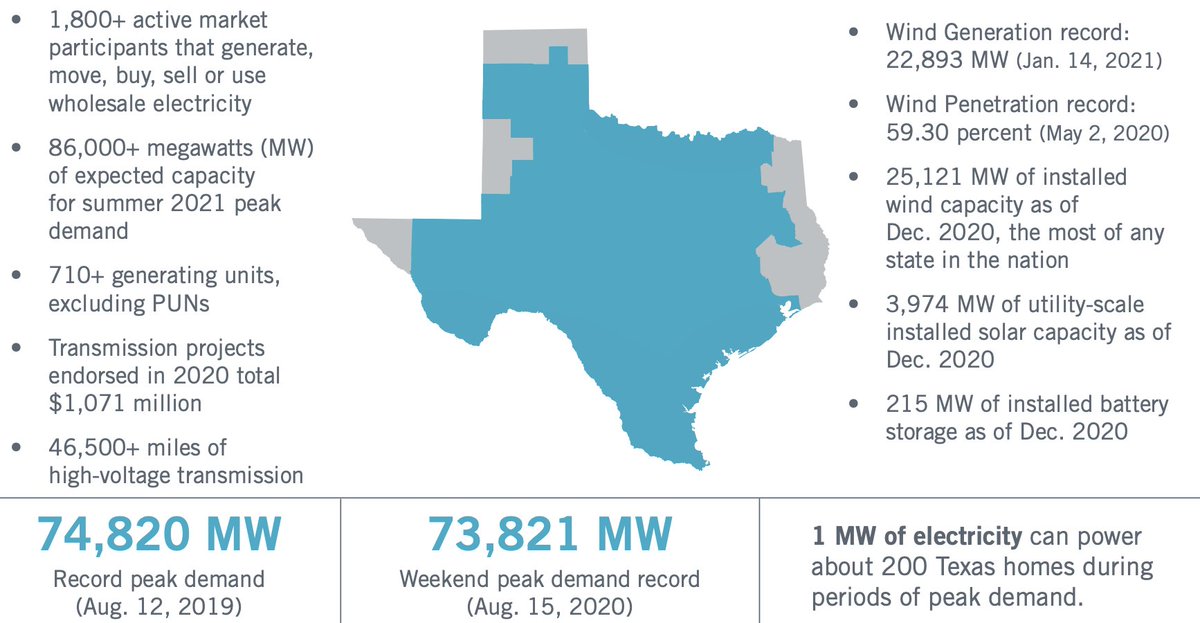
Governor Abbott’s letter to the PUC will actually make Texas electricity costlier and less reliable, while skewing the playing field to favor aging thermal power plants over new renewables. Here’s why… 🧵
texastribune.org/2021/07/06/tex…
texastribune.org/2021/07/06/tex…
1. Abbott wants subsidies for development & maintenance of coal, nuclear & gas plants. But no one wants to build costly new coal & nuclear. Better maintenance is indeed needed as thermal plants suffer 3x expected outages; that’s a cost of doing business, not cause for subsidies.
2. Abbott also asks PUC to impose new costs on wind and solar. But those are what developers want to build because they’re the cheapest and cleanest options, and corporate consumers are increasingly demanding clean electricity.
3. Legislation that Abbott just signed, dubiously claiming it fixed all of ERCOT’s woes, explicitly chose not to saddle wind and solar with new costs. Abbott’s letter reverses that.
4. Abbott’s letter also calls for more transmission. Yes, we need that. But Abbott wants it only to connect thermal plants. What’s needed is new lines connecting what’s growing — supply from wind and solar, and demand from cities and industries.
5. Reliability requires all power sources to function as a team. Wind & solar provide cheap clean power when it’s windy & sunny, nuclear a fixed supply, and fossils flex to cover variable demand. Trouble comes when nuclear or fossils stumble while winds are slow or demand high.
6. Abbott can’t overrule economics. Wind & solar are cheap and sought by consumers; new coal & nuclear are prohibitively costly. We need a serious plan to integrate more variable renewables, bolster transmission, and make demand more efficient & flexible, not political posturing.
7. Yes, balancing variable renewables is a challenge. Yes, we still need nuclear & gas for now, with better maintenance of old plants and perhaps new peakers. But blending complementary renewables and adding transmission & storage eases the burden.
jrenewables.springeropen.com/articles/10.11…
jrenewables.springeropen.com/articles/10.11…
8. Abbott’s blunder doesn’t boost the economy at the expense of the environment — it hurts both. No one wants more coal, wind & solar bring jobs & revenue to rural counties, and industries (including oil & gas!) seek cleaner, cheaper, more reliable power to run their operations.
• • •
Missing some Tweet in this thread? You can try to
force a refresh





















